Lombardy is a region of northern Italy so rich in terms of architectural, historical, religious and natural heritage that it would be almost necessary to settle there to discover all its riches. A well-prepared tour of one to two weeks can nevertheless be extremely rewarding and relaxing. From Milan to the Great Lakes, here is a suggested itinerary for your Lombard walks.
Day 1: Milan - Day 1
Day 2: Milan - day 2
Day 3: Milan - day 3
Day 4: Pavia
Day 5: Mantua
Day 6: Crema and Cremona
Day 7: Brescia and Lake Iseo
Day 8: Lake Garda
Day 9: Lake Como
Day 10: Lake Maggiore
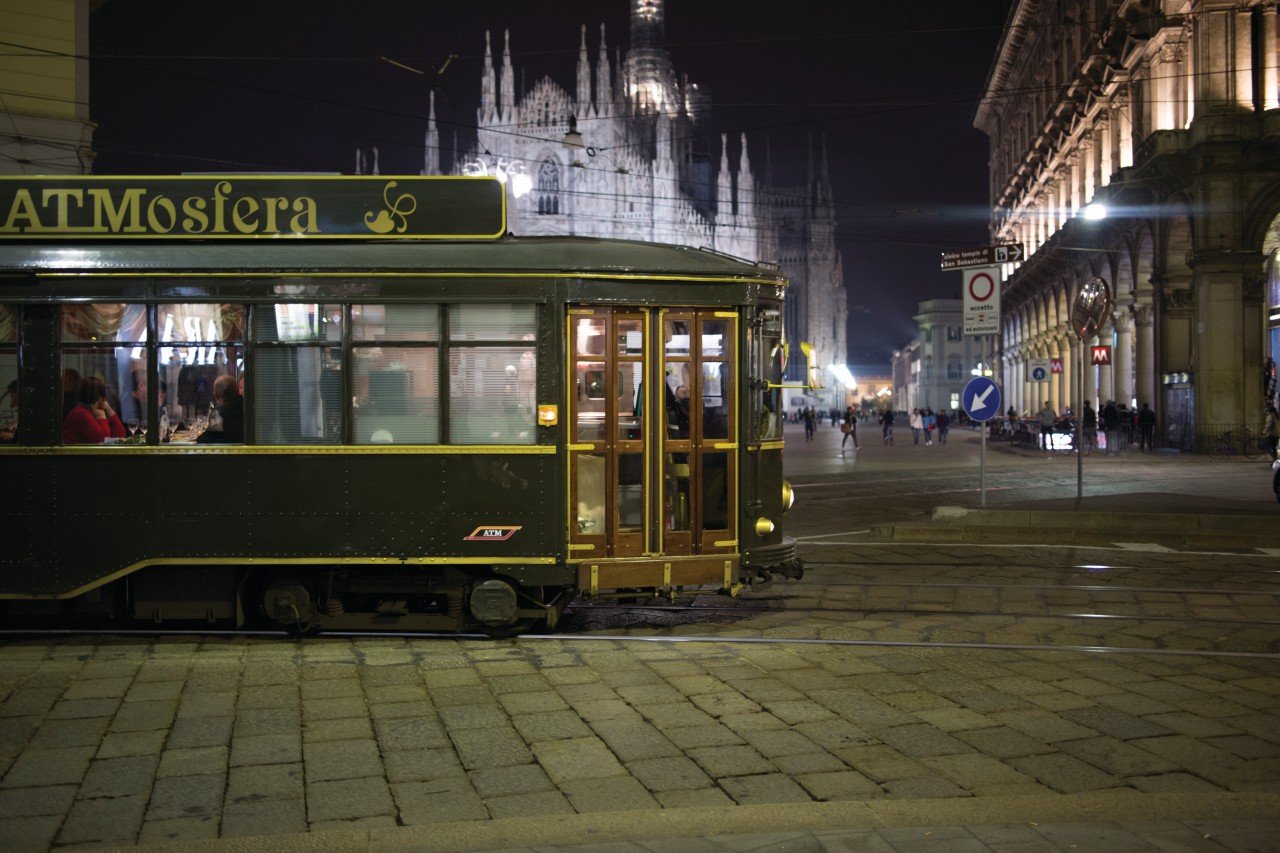 ©ATM
©ATM
Start at the Central Station. The imposing Milan railway station is an outstanding example of Italian Rationalism (1920-1930). It is a stone's throw from one of the most elegant skyscrapers in post-war architecture, the Pirelli (or Pirellone) skyscraper, built between 1956 and 1960 according to the plans of architect Gio Ponti. Continue the visit by the Duomo square. Milan Cathedral is a perfect example of a flamboyant Gothic style. From the top of its roof, you can enjoy one of the city's most beautiful panoramas and see the symbol of Milan, the statue of the Madonnina. Nearby is the Vittorio Emanuele II gallery, nicknamed the salotto (salon) of Milan, a meeting place for good Milanese society in the 19th century. The discovery of the city cannot be made without a moment's pause at Place de la Scala. Here, the statue of Leonardo da Vinci looks at this temple of the opera, Teatro alla Scala, kingdom of Verdi. In the same square, you can admire the facade of the town hall, the Palazzo Marino, one of the most majestic palaces in Milan. Another must-see stop is Sforza Castle and Sempione Park. The castle is a large fortress in the centre of Milan housing several of the city's municipal museums and is surrounded by a vast park highly appreciated by the Milanese. Finish with the Brera district, a district where you can breathe the air of yesteryear between antique dealers and tarot readers.
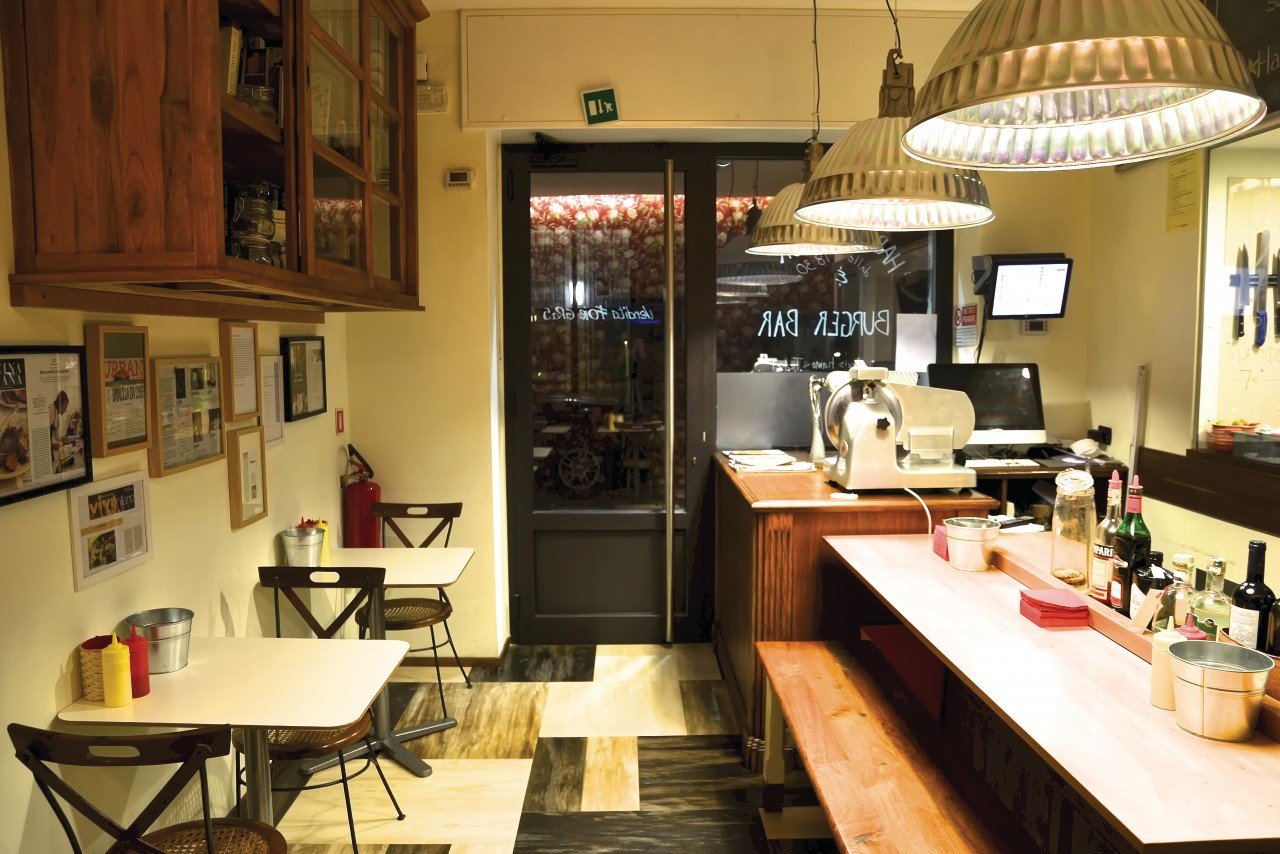 ©Al Mercato
©Al Mercato
Start this day with a visit to Santa Maria delle Grazie church. This work by Bramante is world famous for housing Leonardo da Vinci's masterpiece: the Last Supper. Preserved in the refectory of the church, the painting can only be admired if one has taken the trouble to book in advance. Continue the visit by thebasilique Sant'Ambrogio, founded between 379 and 386 by Saint Ambrose, Bishop of Milan; this basilica is the most beautiful example of Italian Romanesque art. Then discover the Ticinese Gate and Piazza Vetra in a very lively district where the only remains of the Early Christian Milan, the sixteen columns of San Lorenzo, are housed. Push the doors of the Basilica of San Lorenzo: the first basilica built by Saint Ambrose and one of the oldest in Milan. Inside, the chapel of Sant'Aquilino (4th century) is decorated with magnificent mosaics and frescos of Byzantine and early Christian inspiration. End this day with a walk on the Navigli: with its canals (Navigli), its case di ringhiera (typical courses of popular Milan) and its trendy bars, a district not to be missed.
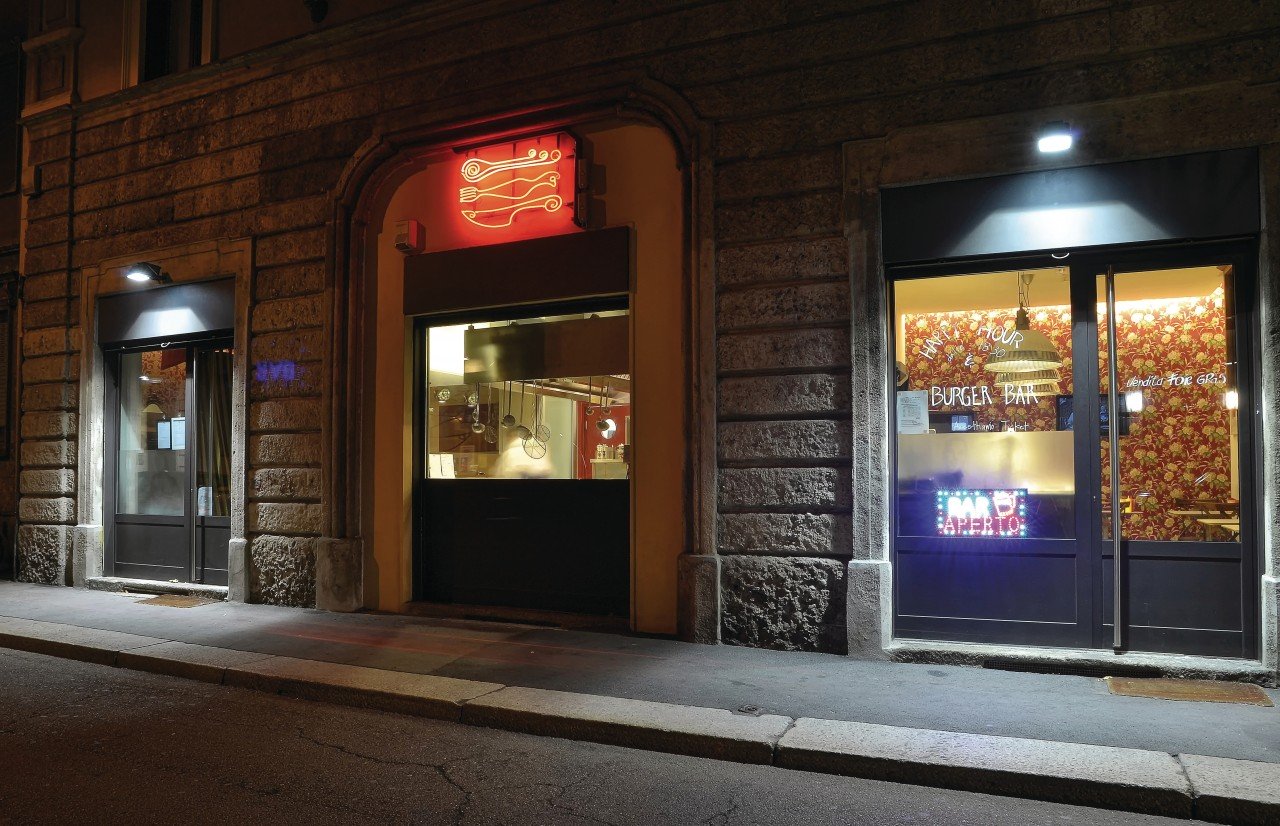 ©Al Mercato
©Al Mercato
The Quadrilateral of Fashion is the heart of Italian haute couture. Versace, Gucci, Valentino, Prada, etc., have all established their headquarters between via Montenapoleone, via Sant'Andrea, via della Spiga and via Manzoni. Then discover the Ambrosian Picture Gallery. It houses works by Botticelli, Leonardo da Vinci, Raphael (the sketch for the Athens School), Caravaggio (the famous Still Life) and Titian. Finally, visit the Brera Picture Gallery: this museum is considered one of the richest in Italy. Located in a former 17th century Jesuit college, the art gallery, founded by Napoleon I, preserves more than 400 works, including the famous Christ who died in Mantegna. In its courtyard, you can admire a statue of Napoleon as a young man, a work of Canova.
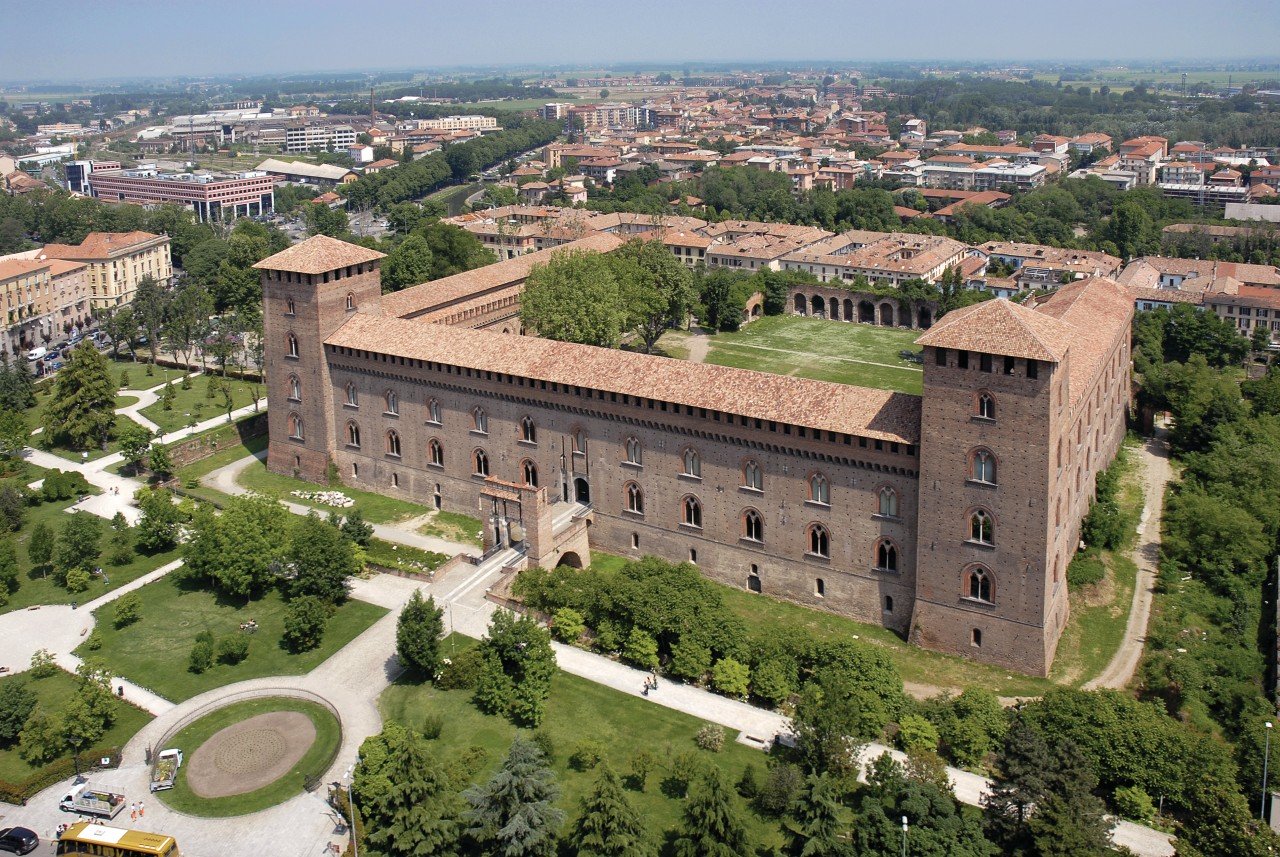 ©Paolo Maria Airenti - Fotolia
©Paolo Maria Airenti - Fotolia
Head for the south of the region for an encounter with history. First on the road to Pavia, discover the Middle Ages by visiting the Lombard abbeys of Chiaravalle and Morimondo. The vast agricultural areas surrounding them date back to this period; it was the hard work of the monks that dried up the swamps and transformed them into fertile land. The most beautiful and majestic of them, the Chartreuse de Pavie, is a Renaissance masterpiece. Once in Pavia, do not miss visiting the powerful castle, fortress of the Visconti, first dukes of Milan, and now home to municipal museums. A stop at the pastry shop Vigoni, in front of the famous university where Alessandro Volta taught, will give you back the energy to continue your visits.
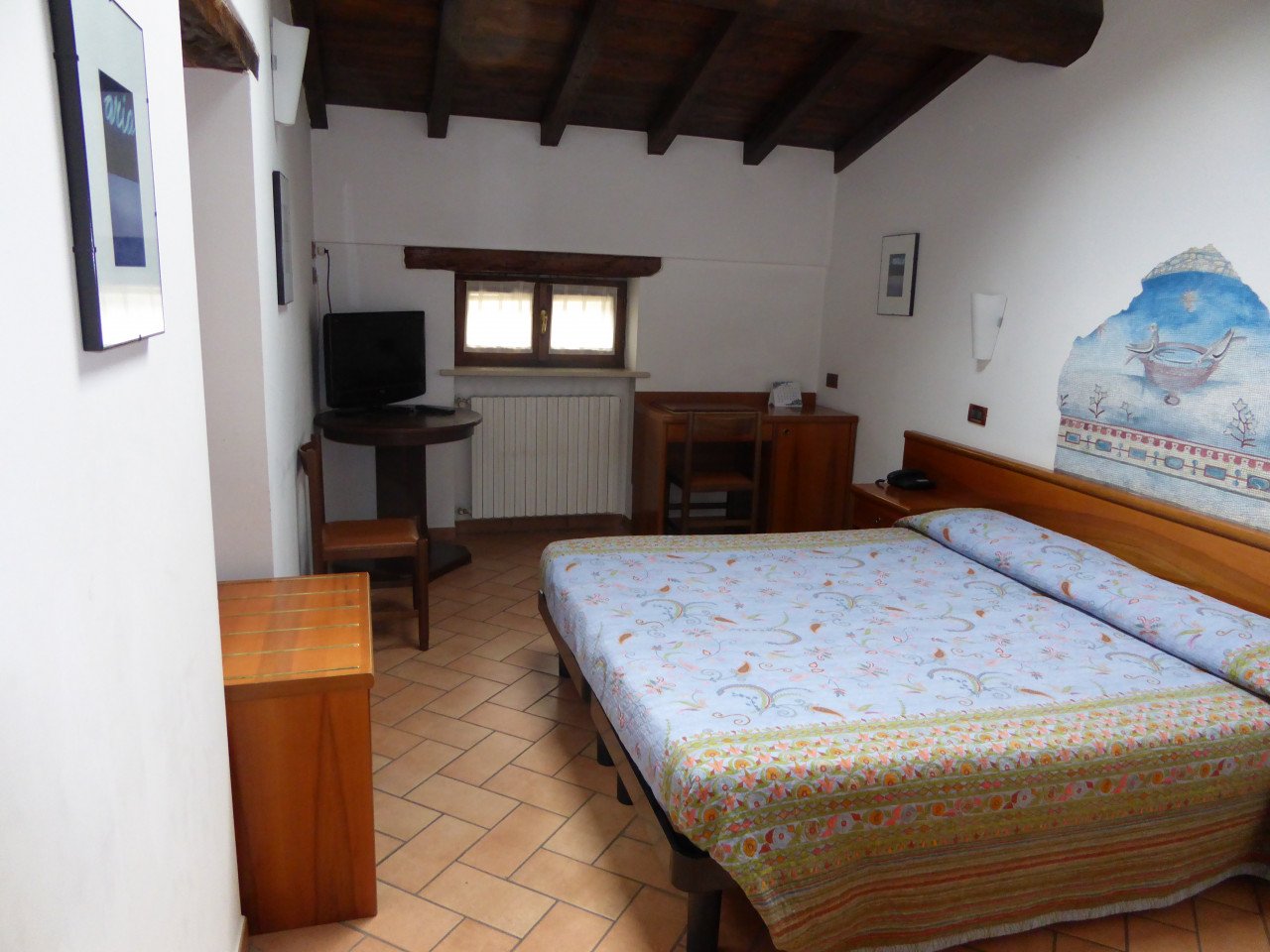 ©GIULIA GONZAGA
©GIULIA GONZAGA
After shopping for good wine in the cellars of Oltrepo' Pavese, reach the Mantua region. A wonder of the Renaissance, the Gonzague stronghold still shines with its past aura today. Castel San Giorgio with the lively frescoes by Andrea Mantegna, Palazzo Té and a little further on Sabbioneta, the city of perfect proportions, will dazzle you. Don't forget to try local specialities, pumpkin ravioli and sbrisolona dry cake.
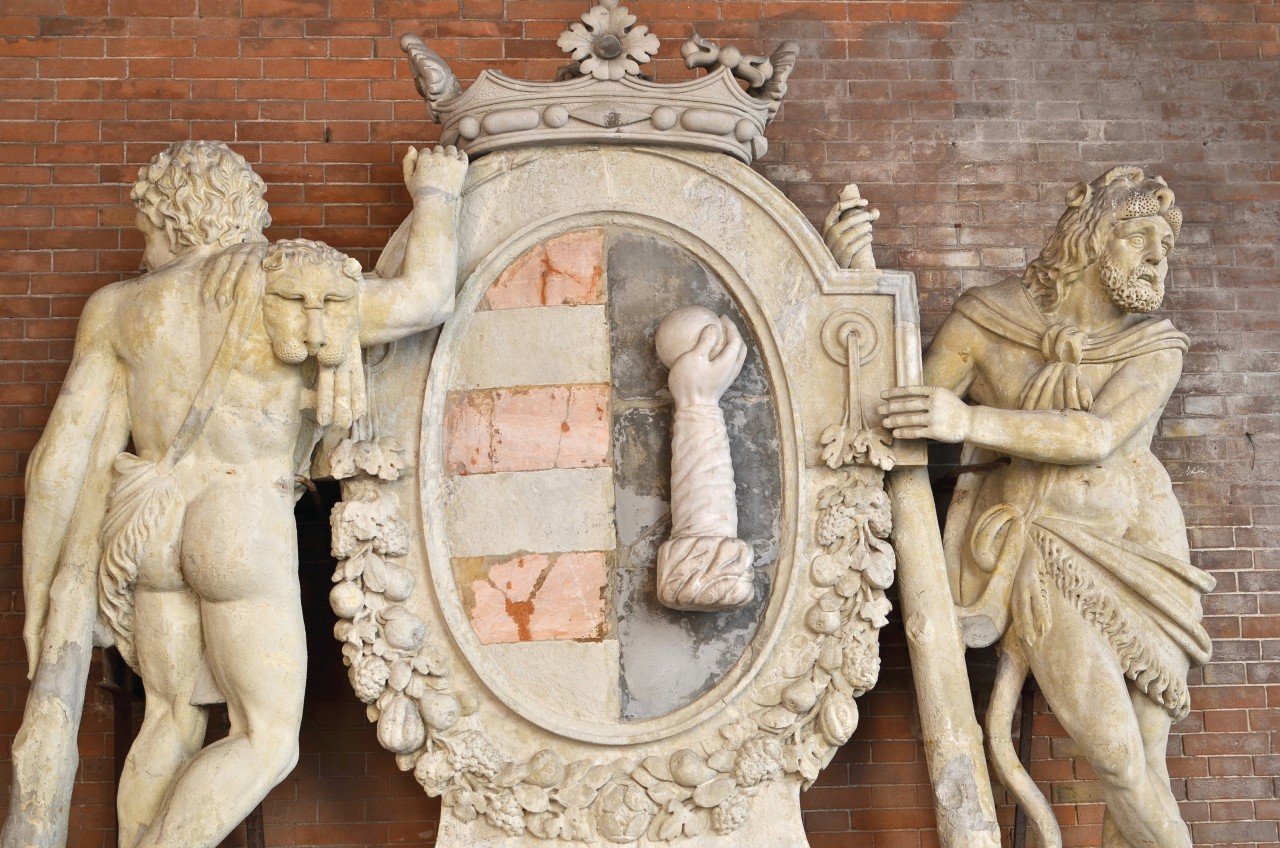 ©Gennaro coretti - Fotolia
©Gennaro coretti - Fotolia
Now go back up to the centre of the region. Crema and Cremona will be able to stop you for a day. The Torrazzo, a high tower of the communal era, welcomes visitors to one of the most beautiful squares in Lombardy, Piazza del Comune in Cremona. Then, after visiting the fascinating Violin Museum, we will visit one of the many violin making workshops to discover this refined craft, whose tradition dates back to the 15th century. The centre of Crema is worth a walk to discover a series of private mansions, elegant residences of the local aristocracy.
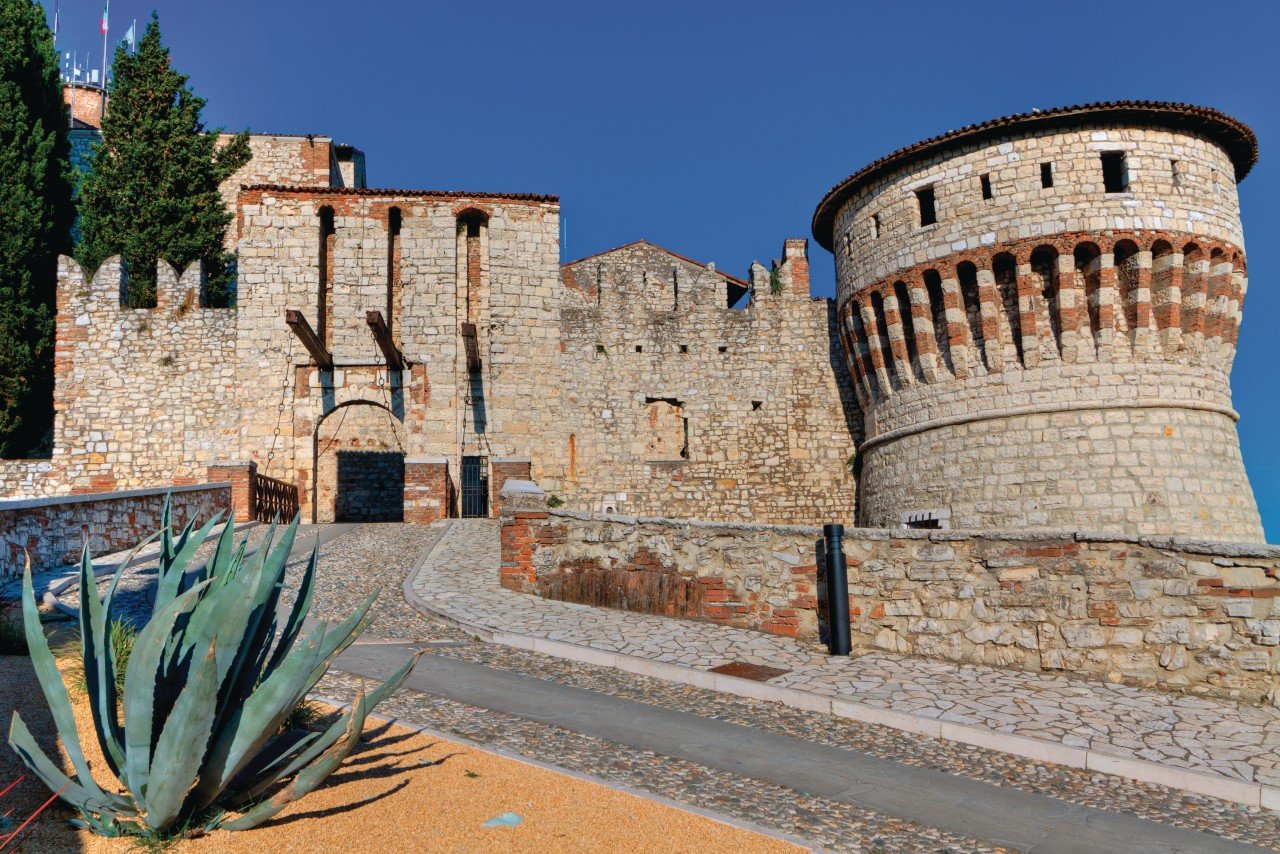 ©Alby 2677 - Fotolia
©Alby 2677 - Fotolia
Continue your ascent to the north of the region and discover the lakes. On the way, a stopover is required in Brescia, the "lioness of Italy". This name is given to him because of his heroic participation in all the movements of Italian independence. Visit the Roman remains that criss-cross the city, before going on a tour of the Santa Giulia Museum, which conceals wonders. Here you are at last on Lake Iseo. Monte Isola, the island that rises in its centre, is the largest lake island in Europe. The beautiful peaceful landscape lends itself to beautiful hikes, unless you prefer to visit the Parc des Incisions rupestres de Capo di Ponte a few kilometres from the lake, towards the Alps.
Here you are at the Garda Lake! Enjoy the beauty of this unusual landscape. Almost Mediterranean in its southern part, the peaks of the Alps plongent in the waters of the lake towards Riva del Garda. Miles are available to you: hiking, water sports and cultural discoveries, including the Roman ruins of the poet's villa Peninsula dated the first century. and the Prose degli Italiani, a retraite retreat of Gabriele D'Annunzio.
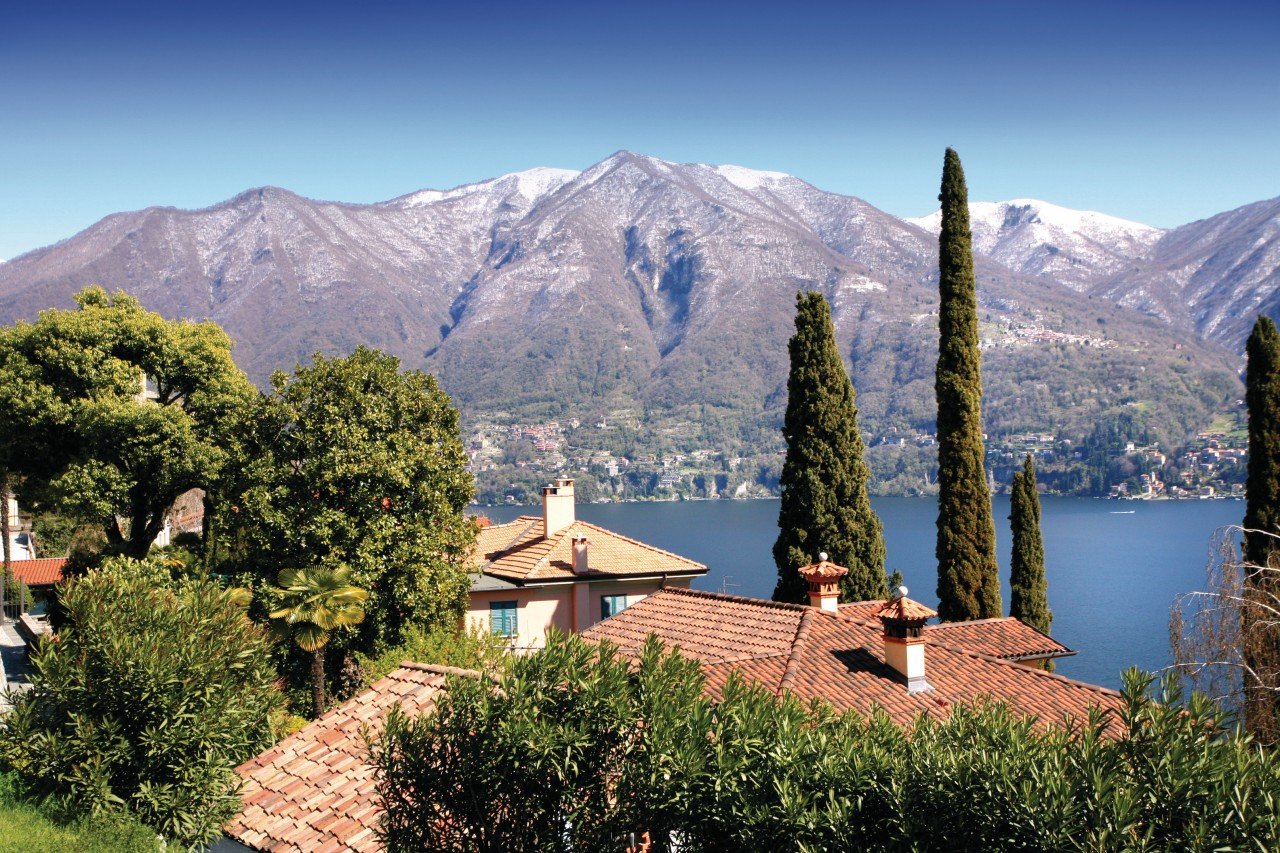 ©Julia Britvich - Fotolia
©Julia Britvich - Fotolia
Take advantage of your last days in Lombardy to go to Lake Como. We could stay there for months, but when we have only a short time, we will not fail to visit the sumptuous villas of Cernobbio and Tremezzo, before stopping in Bellaggio to sip a cocktail by the lake, in the hope, who knows, of seeing George Clooney, a loyal amateur of the region.
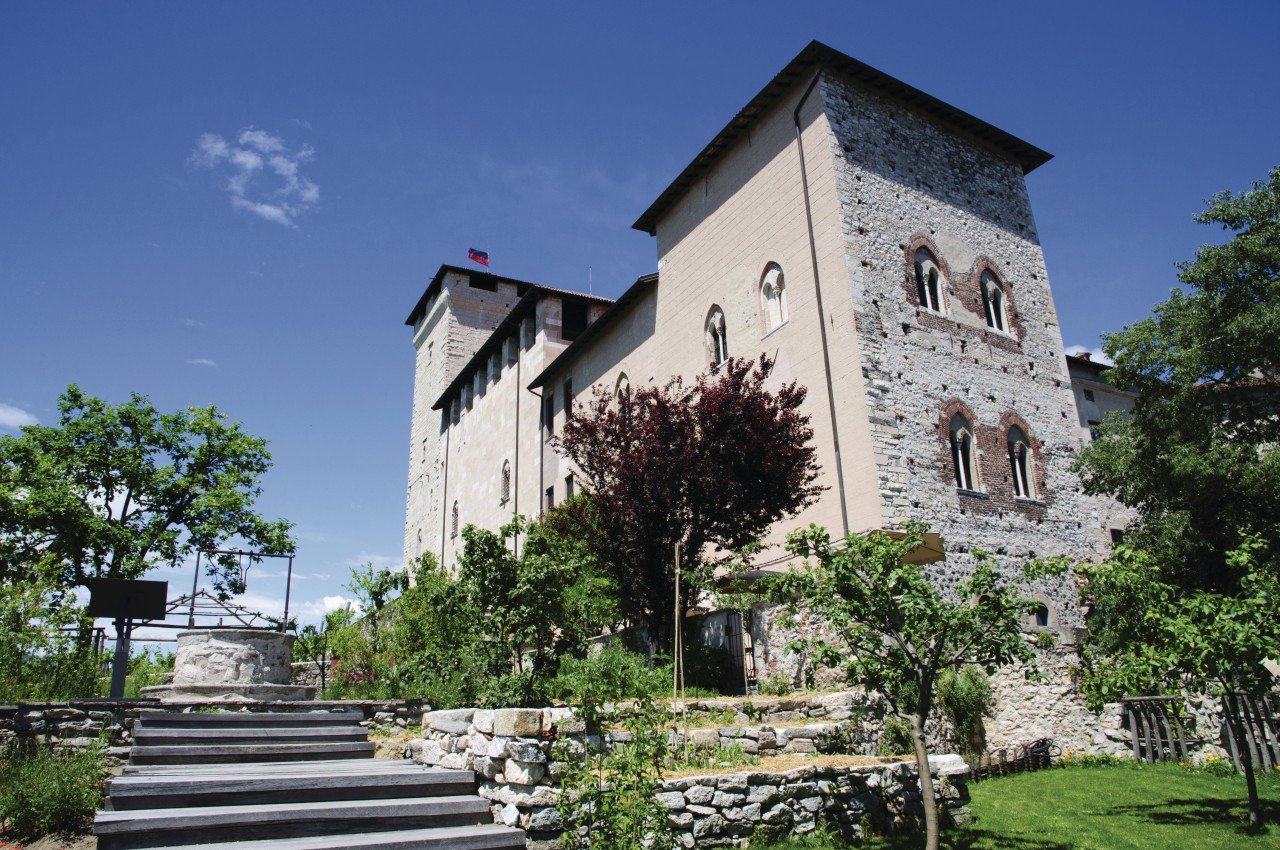 ©Moreno Soppelsa - Fotolia
©Moreno Soppelsa - Fotolia
Change of scenery on Lake Maggiore: take the ferry service from Angera or the Piedmontese coast, via Stresa or Arona, and discover the Borromeo Palace on Isola Bella, a real floating palace with wonderful gardens that will take your breath away.




Each Travel Idea is customizable according to your wishes

